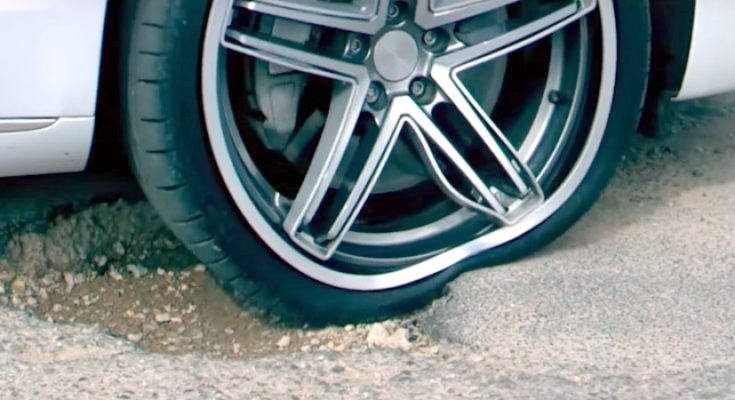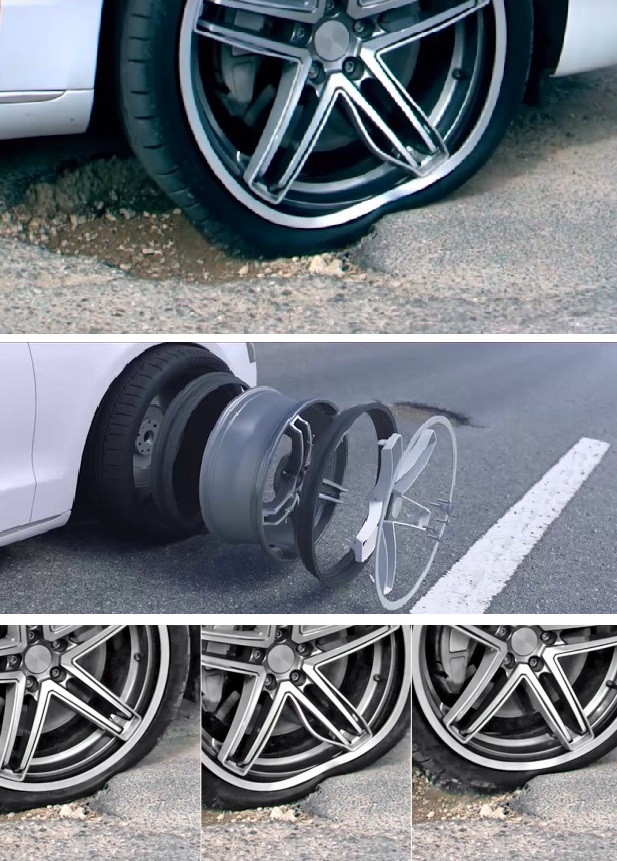Who invented the wheel? It’s an old question, right? Well, at least we can see who’s making improvements to it.
A lot of vehicle improvements sound nice but I could really do without them, but when it comes to tires, I appreciate any improvement you can make. But how is it possible for a wheel to be flexible? After all, you want it to be firm, full of air or other filling material.
The way these flexible tires work is based on “flexible rubber flanges” mounted to the wheel body. The flanges are soft and absorb impacts to the tire. For example, when a tire bumps into a curb, these flanges should flex and the tire will bend a bit to accommodate the unusual object (curb).
According to Michelin, the makers of these tires: “The patented new technology, developed by Michelin and Maxion Wheels for the passenger car wheel market, incorporates two flexible rubber flanges mounted on a special wheel body to create a flexible wheel that improves the ride and comfort and also absorbs impacts from potholes and curbs. The new wheel is compatible with all tires on the market and comprises an alloy rim – which is narrower than normal, two rubber flanges and an optional cosmetic insert to protect the alloy wheel.”
 " >
" >



